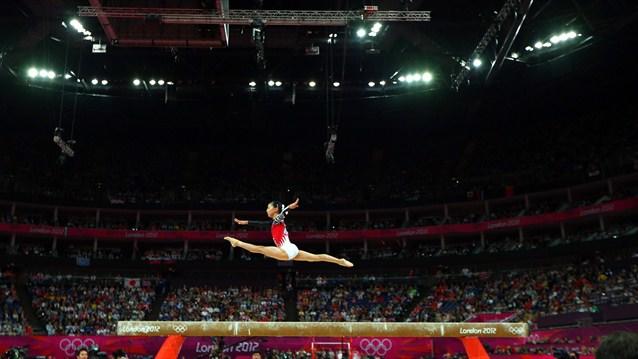
Section Branding
Header Content
The Physics of Olympians
Primary Content

I love the Olympics! Gymnastics, diving, track and field and synchronized swimming are my favorite sports to watch. But I didn’t realize how much the laws of physics have a hand in the games.
The NPR article Olympic Bodies: They Just Don’t Make Them Like They Used To points out some real world examples of physics in action that can be extracted from the Olympics. And you can use them to energize your science and physics classes.
The articles’ main observation is that the evolution of athletes’ bodies have “been propelled by the laws of physics.” Athletes’ bodies are more athletic, muscular and toned than they were in the past. Better physiques influence their success.
For example, let’s look at sprinters. According to the article:
“Sprinting is basically a controlled forward fall. Runners with higher centers of gravity can fall forward faster — and the taller you are, the higher your center of gravity.”
That can partly explain why the 6’5 Usain Bolt sped to Olympic victory.
By contrast gymnasts are some of the smallest athletes at the games. That is for good reason. It’s easier for tiny figures to flip, twist and propel into the air.

Take a look at the full article and the infographic that breaks it down. Use these real world examples to complement our Chemistry and Physics course: Physics 301: Analysis of Motion.
What Olympic sport would you use to teach physics?





